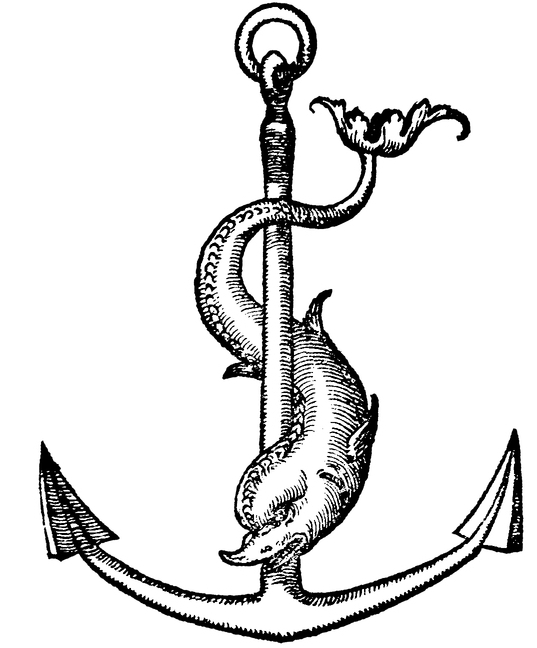
Founded in 2021 by Bernardino Branca and Fabio Tononi in conjunction with the Conference ‘Edgar Wind: Art and Embodiment’, The Edgar Wind Journal is a biannual, peer-reviewed and international journal, in open access format. Its focal aim is to promote interdisciplinary and transcultural research and debate on the philosopher and cultural historian Edgar Wind (1900-71) and his themes of enquiry.
Born and raised in Berlin, Wind spent his formative years under the guidance of scholars such as Julius von Schlosser in Vienna, and Erwin Panofsky and Ernst Cassirer in Hamburg. In 1924, he went to America, where he came into contact with Pragmatist philosophy. Between 1928 and 1929, he worked with Aby Warburg at the Kulturwissenschaftliche Bibliothek Warburg in Hamburg, as Wissenschaftlicher Assistent. Following the rise of Nazism in Germany, Wind was instrumental in securing a safe place in London for the Warburg Library and its staff members. As a scholar, he also played a key role at the Warburg Institute and in the Journal of the Warburg and Courtauld Institutes, until his departure in 1945. He taught at Chicago University and at Smith College in Northampton, Massachusetts. From 1955 to 1967, he was Professor of History of Art at Oxford University. In 1958, Wind published his most famous book Pagan Mysteries in the Renaissance, with several editions in eight different languages.
One of the most original features of Wind’s research is the concept of Verkörperung, that is, the embodiment of metaphysical ideas into images, originally conceived in Experiment and Metaphysics (1934). In stark contrast to the Formalist approach to art history, he underscored the role played by meaning and symbols in art. Moreover, Wind shared Warburg’s interest in the survival of classical antiquity in Renaissance allegorical imagery. In addition, Wind wrote on modern art, discussed the political uses of images, and provided advice and inspiration to artists such as Pavel Tchelitchew (1898–1957) and Ronald B. Kitaj (1932–2007).
The Edgar Wind Journal welcomes innovative articles discussing Edgar Wind’s works and research interests from different perspectives and approaches, including, but not limited to, aesthetics, anthropology, biology of art, cultural history, history of art, history of ideas, and intellectual history.